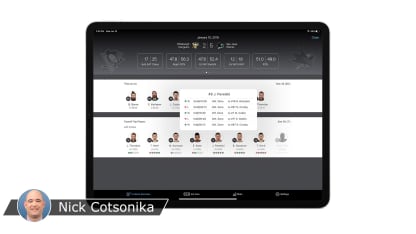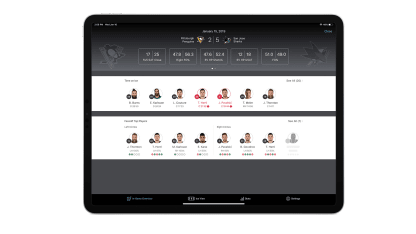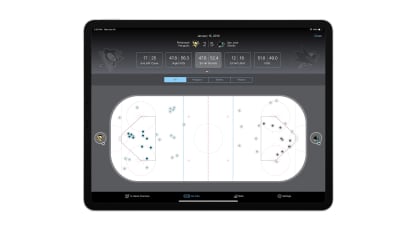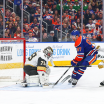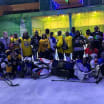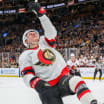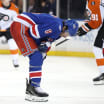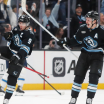Take face-offs. Coaches can see real-time percentages, sorted by handedness, circle and opponent.
Under the headings of left circles and right circles are the players' headshots and names, and whether they are left- or right-handed. There is their percentage. Their last five face-offs are shown with red x's or green checkmarks.
Take shot location. Coaches can see where they and their opponents are shooting, and they can see, say, their percentage of even-strength shots in high-danger areas.
The screen shows a rink, with home-plate-shaped areas in front of each net. Color-coded dots represent each shot. Touch a dot, and it shows who shot the puck, what type of shot it was, what the situation was and when it was taken.
"I mean, it's that kind of stuff," Fleetwood said. "That's what we were trying to design around. Within one or two swipes or clicks, how do we surface that for you?"
The app will be available in February after the NHL delivers iPad Pros to each team. For the rest of this season it will rely on data collected by humans. Once the NHL Puck and Player Tracking system is operating next season, the data will be more precise.
As the coaches learn the app and what is valuable to them they can customize the settings. The app can evolve in the future and add more types of data.
"I don't want to be a dinosaur," Calgary Flames coach Bill Peters said. "I want to be open-minded, so I'm sure there's going to be something there. As we get the tracking system in and understand what it is all about, I'm sure there are things we can take out of it."
